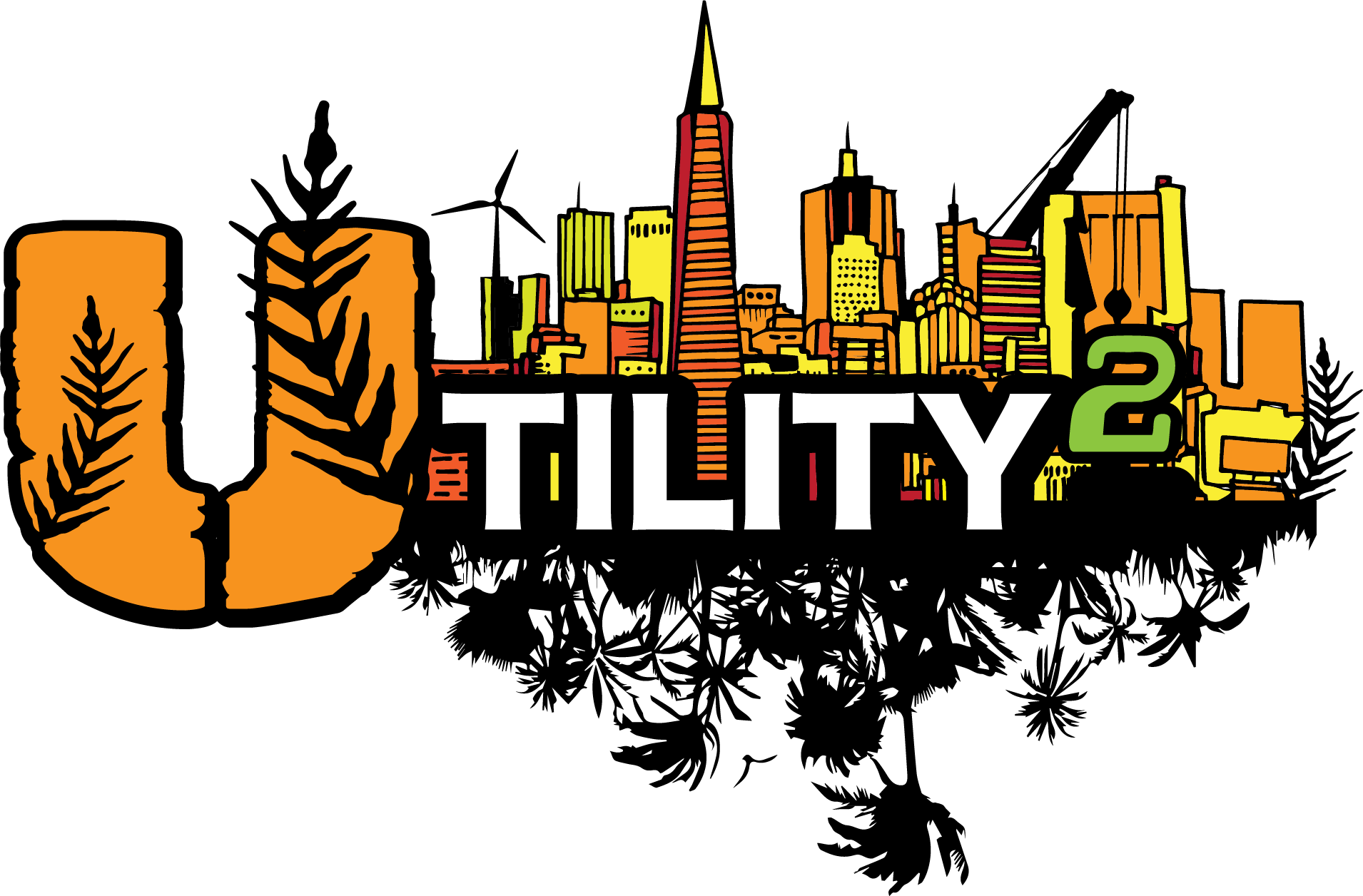![History of [ Modernity ] 1 History of [ Modernity ]](https://utilitysquared.org/wp-content/uploads/2020/01/IMG_E2056-scaled.jpg)
A modern, urbanized society is reliant on five key services to sustain a functioning and healthy populace at any significant scale. As repeatedly demonstrated by history, social welfare, regional stability, and global status of a nation will be compromised if these services are unreliable, or inadequate to meet ecological and environmental needs.
![History of [ Modernity ] 2 History of [ Modernity ]](https://utilitysquared.org/wp-content/uploads/2020/01/IMG_8730-scaled.jpg)
Municipal Utility Services & Infrastructure (MUSI) exists within modern society as a cohesive member, yet it must also be accompanied by two functional social elements;
economy and education
![History of [ Modernity ] 3 History of [ Modernity ]](https://utilitysquared.org/wp-content/uploads/2020/01/IMG_20190820_175141071_HDR-scaled.jpg)
Start with History to better plan for the Future
As populations have increased, leading to urbanization and eventual mass industrialization, governing bodies recognized the importance in providing necessary services to maintain a functioning, productive society. Municipal utilities, services, and the surrounding Infrastructure (MUSI) would inevitably facilitate the obliteration of many common diseases and decrease mortality rates; subsequently increasing life span, while improving the development and modernity of the nation at large. Through the supply of clean drinking water and proper disposal of waste streams, the serviced population could maintain a healthy society and workforce, reducing the distress from disease outbreaks; through the distribution of reliable energy, societies could also advance technologically, and transition into the global landscape we witness today.
However, it was not that simple arriving to our state of [Modernity]…
In a country well-governed, poverty is something to be ashamed of.
In a country poorly governed, wealth is something to be ashamed of.
![History of [ Modernity ] 4 History of [ Modernity ]](https://utilitysquared.org/wp-content/uploads/2022/06/HE-ModernityGraphic-16-9.png)
![History of [ Modernity ] 5 History of [ Modernity ]](https://utilitysquared.org/wp-content/uploads/2020/01/IMG_20190614_122350610_HDR-scaled.jpg)
[ Water ]
Our most precious resource
The supply and sanitation of water has remained a fundamental challenge since the first established civilization. Throughout the millennia, human societies could only exist where fresh water, such as rivers, lakes, and springs, was readily available. In the early history of water supply, the focus was on locating protected sources having high quality, including the first groundwater collection wells and water storage systems dating back to the Neolithic Age.
Water supply systems were first introduced by using clay pipes during the Bronze Age, with steady technological advancements in resource distribution moving into the Modern Ages. As populations urbanized and increased in concentration, the spread of disease became epidemic; the focus on water supply shifted from static, protected sources, to ensuring that the source water was effectively treated to reduce chemical and microbiological contaminants. This process, beginning with early primary disinfection using dissolved chlorine gas (termed chlorination), was implemented throughout industrialized nations in the early 1900’s. During this period of transition, regulating bodies began to set water supply disinfection standards; in the US, a maximum allowable bacterial concentration of 2 coliforms per 100ml was set by the Department of the Treasury in 1914. In 1900, the occurrence of typhoid fever in the United States was approximately 0.1% of the population, with a decrease to less than 0.034% in 1920 following the mandated chlorination process. Subsequent water quality standards have been since developed to further improve public health, reduce waterborne disease, and monitor for various contaminants. As water treatment became mainstream, typhoid fever was all but eliminated as a public health concern, with less than 90 (domestic) cases in 2006 (CDC, 2016).
Water supply and distribution in developed nations has become both reliable and safe; however, challenges associated with fulfilling demand, while preserving water supply quality and environmental/ecological health, remains omnipresent in many urbanized regions due to deficient conservation efforts.
![History of [ Modernity ] 6 Based on numerous global studies, Earth's water basins are over-exploited from urbanization and development](https://utilitysquared.org/wp-content/uploads/2020/01/UNHDR_Water_Stess.png)
![History of [ Modernity ] 7 History of [ Modernity ]](https://utilitysquared.org/wp-content/uploads/2020/01/watsonville_agriculture_irrigation-e1580019551370.jpg)
[ Urbanization ] and its effects…
With the supply of potable water, comes a growing population with the generation of wastewater streams. The common approach for thousands of years was to simply bury wastes or dispose effluent (human wastes, sewage) into the nearest body of water. Much like problems facing water supply itself, the increased populations resulted in widespread ecological contamination and subsequent outbreaks of disease (e.g. typhoid, cholera) from the inadequate means of disposal.
The first sewer systems were constructed in the early experiments of Human civilization, to collect wastewater and route to a more desirable location; however, it wasn’t until the late 19th century that treatment of wastewater, prior to disposal, was first implemented. It is important to note that this was promptly after the advent of flushing toilets, prompting municipal sanitation programs in modern cities to prevent the outbreak of disease.
Early processes included basic chemical treatment (precipitation, disinfection), sedimentation, and agricultural land-application. Upon discovery of the activated sludge process in 1912, sewage treatment became more widespread; commonly centralized in the largest of modern cities. As flushing toilets became a household necessity, this treatment process became the standard model for a city of any size. In the last century, wastewater treatment plants (WWTPs) have made significant technological strides; moving from primary treatment (sedimentation), beyond the activated sludge process, to advanced filtration, and even potable reuse. The final effluent leaving most tertiary treatment plants is typically of higher quality than the source from where it originated; furthermore, effluent quality of advanced filtration plants supersedes that of common bottled water. A reduction in primary water usage and increase in reuse is more important than ever, with growing demand and upon observing the global overuse of major basins.
We now find it is not the Human body which needs to evolve to cope with environmental factors; it is the Human mind and its creations which require evolution to continue our existence.
![History of [ Modernity ] 8 History of [ Modernity ]](https://utilitysquared.org/wp-content/uploads/2020/01/lebanon-trash-crisis-hero.jpg)
[ Municipal Solid Waste ] becomes a mounting problem
Municipal solid waste (MSW) is a recent term in the Human context; the generation and disposal of solid waste may be considered a modern problem, resulting from the products of industrial revolution, urbanization, and arrival (and mass adoption) of consumerism. Prior to the mass refinement of metals, manufacturing of textiles, and eventual development of artificial materials, municipal solid waste was comprised of naturally degradable organic materials. However, it should be noted that even the earliest of civilizations were confronted with the disposal of animal waste and the potential for disease.
The idea of centralized waste disposal became a mainstream concern in the mid-19th century, resulting from massive cholera outbreaks in urbanized regions. Countless literary tales recall streets congested with garbage, vile odors, and animal carcasses in London and New York City, necessitating improved disposal practices. The first established waste collection services in the late 19th century utilized horse-drawn carriages, with proper disposal facilitated by new regulations banning ‘dumping’; however, it would still be several decades before disposal into open bodies of water was outlawed (while currently remaining legal in many regions).
The early 20th century brought newfound improvements, such as recording MSW quantities and composition, incineration of suitable waste, and the first recycling operations, resulting from WWI resource demands. In the 1920’s, America began the practice of using MSW as fill material to expand urban centers, which may be considered a noteworthy factor of early ecological devastation and groundwater contamination, as many of these areas were historic wetlands rich in biodiversity. It was not until 1935 when the first modern landfill was developed in California, with a subsequent technical publication by the American Society of Civil Engineers in 1959. The guidelines for a sanitary landfill included compaction and daily cover, which eventually lead to present regulations, and regulating bodies, surrounding the proper disposal of MSW. Recycling efforts were also increased following the demand (and limited availability) of materials in WWII, resulting in reduced landfill quantities. Modern landfills are specifically designed to prevent environmental contamination (e.g. leachate, emissions) and protect human health.
![History of [ Modernity ] 9 Proper waste disposal and recycling is great, but reduction is paramount.](https://utilitysquared.org/wp-content/uploads/2020/01/WasteHierarchyRH.png)
Societies around the world are embracing recycling methodologies to reduce the quantity of MSW going to landfill, while increasing material recovery and energy production. Adhering to the hierarchy of waste management (Figure 3) would decrease both waste emissions and land allocation for disposal, while increasing material and energy recovery.
![History of [ Modernity ] 10 History of [ Modernity ]](https://utilitysquared.org/wp-content/uploads/2020/01/PGE_Solar_PVcrop-scaled-e1580019369903.jpg)
[ Energy ]
Electricity & Fuels: The New Water
The ability to harness external energy sources is arguably the primary factor which accelerated Human evolution; allowing us to escape the confines of our local environmental conditions and the eventual formation of modern society. In terms of utility provision, energy is comprised of electricity, natural gas, and various other fuels (e.g. propane, gasoline, diesel). While electricity has only been widely known to Humans for the last two centuries, society rapidly adopted its benefits and now rely on its provision nearly as much as water.
Distribution of electricity, quickly following the invention of the lightbulb, was developed in 1882 with the first major electrical utility companies established in the early 1900’s. Although the early methods used were of great debate in what is now called the War of Currents, Tesla and Westinghouse eventually triumphed over Edison, and alternating current transmission became the standard.
As competition increased, it became evident to the Government and populous alike, that this service needed to be regulated to prevent industry monopoly, market manipulation, and maintain the financial integrity of such providers (Troesken, 2006). Electrical (and Gas) utilities were divided into three components to assist in such regulation and oversight: (1) generation (electricity), or production (gas), (2) transmission, and (3) distribution. Throughout the last century, both Investor Owned Utilities (IOUs) and Publicly Owned Utilities (POUs) have built the foundation for developed country’s demand for energy provisions. One of the most significant steps in achieving reliable energy services was the establishment of the North American Electric Reliability Council (NERC) in 1968 (now referred to Corporation as of 2006), paving the way for standards and bulk power grids. Since this time, power and gas distribution grids have become completely interconnected and redundant, both locally and regionally. The management of energy production is as important as the sources to ensure ethical, responsible, and reliable production & distribution.
![History of [ Modernity ] 11 History of [ Modernity ]](https://utilitysquared.org/wp-content/uploads/2020/01/projected-energy-consumptionUSEIA.png)
As the adoption of modern technology and devices continues to increase, as does the global demand for energy. The uncertain future of energy production will ultimately guide humanity’s path towards sustainability; or self-destruction. A systematic reduction in the utilization of fossil fuels should be a common priority for all nations to prevent the latter.
![History of [ Modernity ] 12 Lake Atitlan has been victim of rapid tourism development leaving its natural resources in peril](https://utilitysquared.org/wp-content/uploads/2020/01/IMG_20190805_102045025_HDR-scaled.jpg)
Now that you’ve had some MUSI background, be sure to check out some amazing publications and metric comparisons among our global Human neighbors at the United Nations HDR website. Where do we fit into the global modernity puzzle?
Want to learn more about Modernity?
Here are a few curiosity launch points to begin your adventurous research…
Infrastructure Week
Curious about MUSI?
IW events highlight our role within the urban process and the importance of an engaged community.
Join us for the 5th Annual IW:Seattle event, an opportunity to share infrastructure-related projects, initiatives, and careers. We host conversations surrounding the challenges of urbanization to identify collaborative pathways towards a more regenerative and equitable model for the Gen III Infrastructure evolution…
For Our Environment.
For Our Community.
For an Equitable Future.




